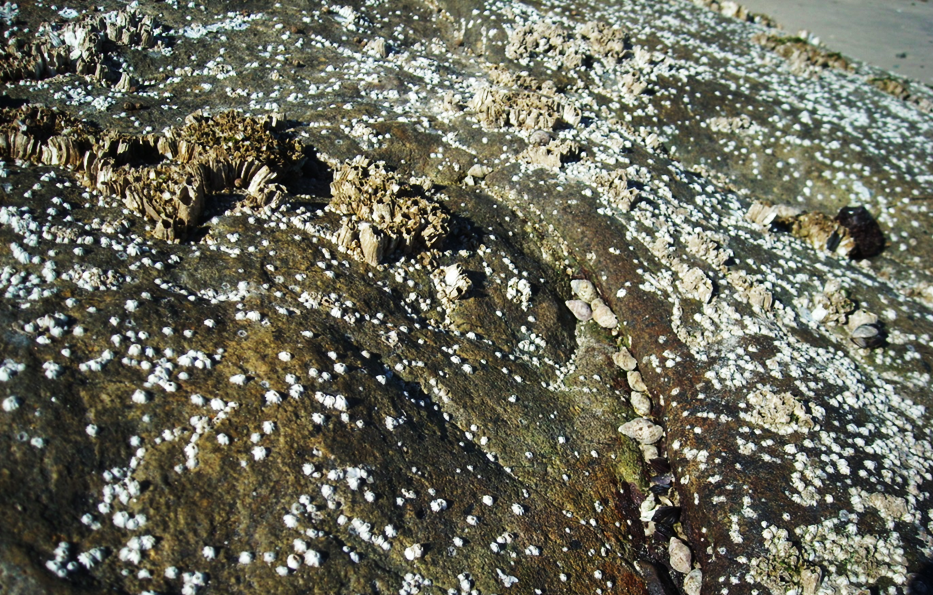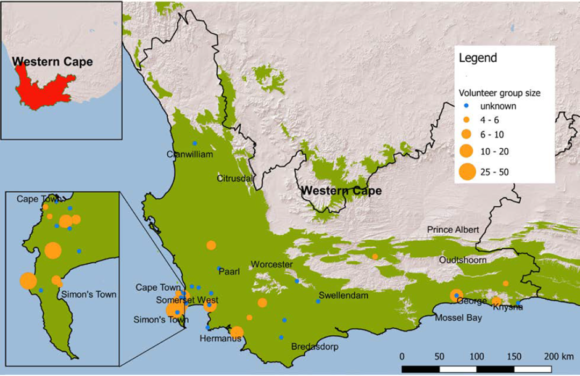13 May 2015 | By Tammy Robinson
The alien barnacle Balanus glandula has been rapidly spreading down the South African west coast and recently moved east around Cape Point. This left researchers wondering how it is able to spread so far and why it is spreading so fast. Recent research by C·I·B marine biologist Dr Tammy Robinson and her students may have found the answer.

When alien species arrive in new locations they face environmental conditions that may differ from those they are used to in their home range. If they are able to survive these conditions the next challenge they face, is interacting with the native biota. As barnacles spend their adult lives attached to rocks, they are vulnerable to predators such as whelks.
In its native range, the barnacle B. glandula is heavily predated upon by whelks. This lead Tammy and her team to ask:
- Do South African whelks eat this alien barnacle?
- If native whelks don’t eat glandula, could this be contributing to the species spreading along our coast?
By combining observations on rocky shores with laboratory experiments, Tammy and her team showed that native whelks avoid eating the alien barnacle and choose to rather eat native barnacle species. This seems to be because the aliens have larger, thicker shells which are more difficult for the whelks to drill through than those of the native barnacles.
“While we still have lots to learn about this invasive barnacle” says Tammy “we now know that our native West coast whelks have been unable to halt its spread thus far. This is particularly interesting as although predators play an important role on many rocky shores, they appear not to be as important in the South African context. This opens up all sorts of exciting questions that we will be following up on in future research.”
Read the paper
For more information, contact Tammy Robinson at trobins@sun.ac.za


